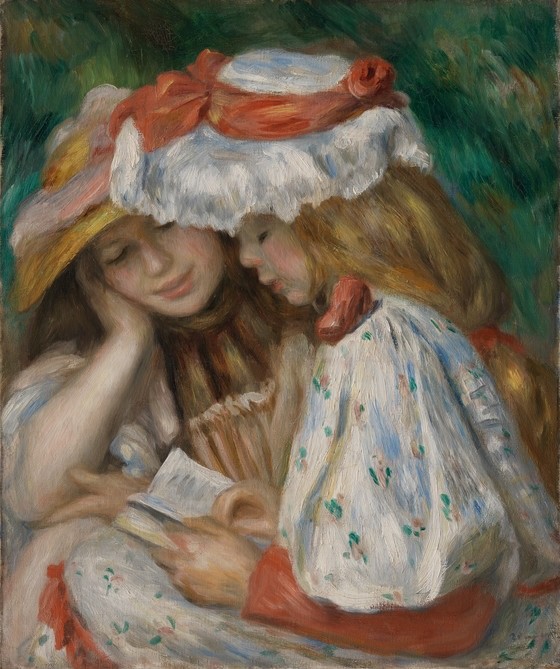| Ever wonder why we teach kids with a one-size-fits-all anthology in the regular classroom, but are so careful to teach them at their “reading levels” when they are in a pull-out intervention program? Me too. In reading, students need the greatest amount of scaffolding and support when they are reading hard texts, and they need less support when reading easy materials. But we do the opposite. We have kids reading the hardest materials when there is less support available. And, then when we go to the expense of providing lots of support, we simultaneously place the kids in easier texts. I’ve written before that research has not been supportive of the idea that we need to teach students at their “reading levels” (except for beginning readers). And there are studies that show students can learn from harder texts, at least when they receive adequate instructional support. What if we turned the world on its head? What if we worked with harder texts when students were working in small heterogeneous groups with a special teacher, and eased off on the text demands in whole class situations? What if struggling students got more opportunities to read and reread grade-level materials—such as taking on such texts in the interventions and then reading them again in the classroom? I suspect kids would make more growth, and would be more motivated to make growth than in the upside-down approaches that we are now using.
|







Comments
See what others have to say about this topic.